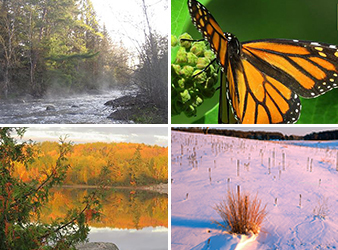MN DNR DEV
This site is the dev environment for www.dnr.state.mn.us
This computer system contains government data. System use may be monitored for law enforcement/other purposes. Unauthorized access is prohibited and subject to criminal/civil sanctions.



